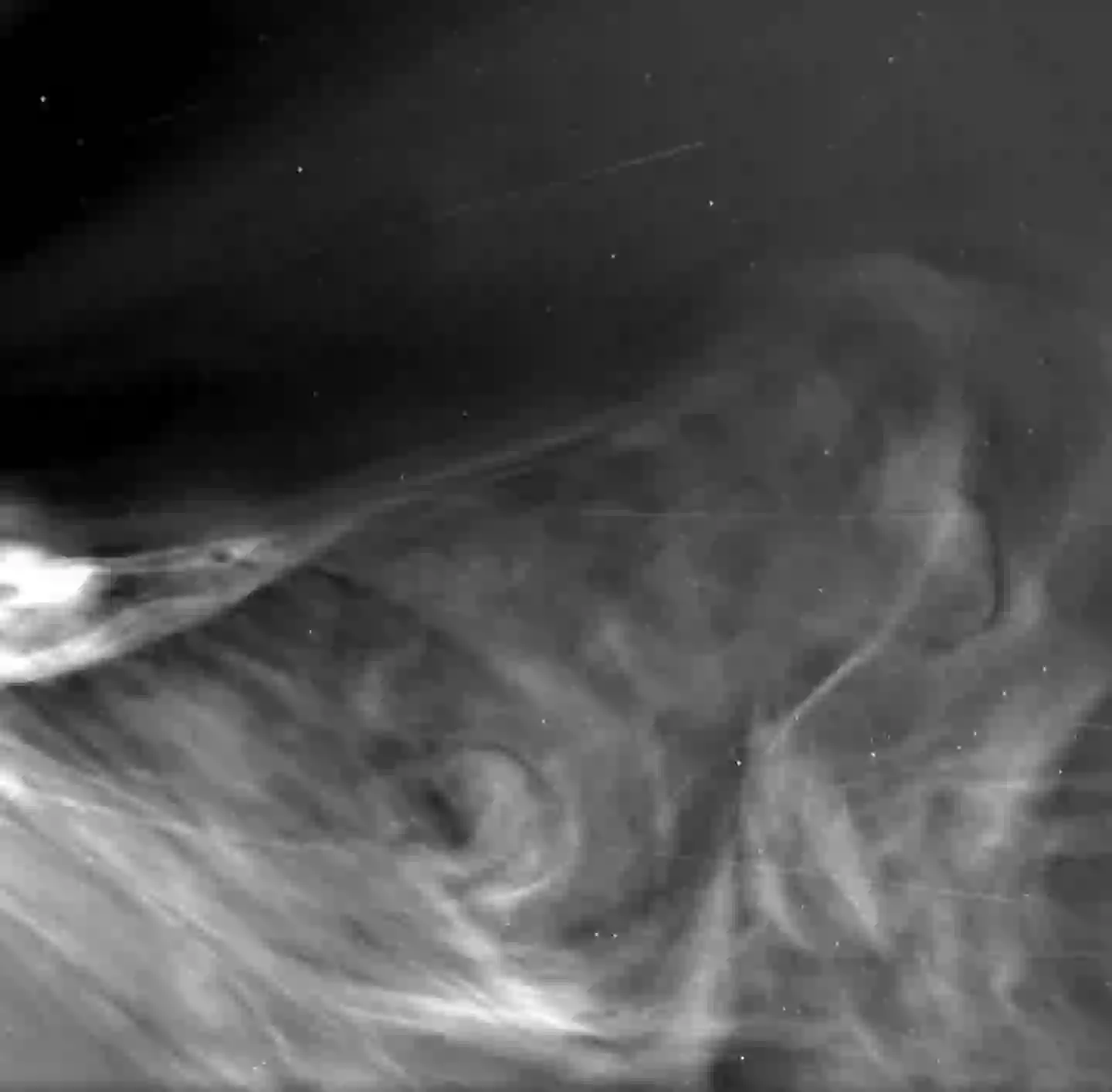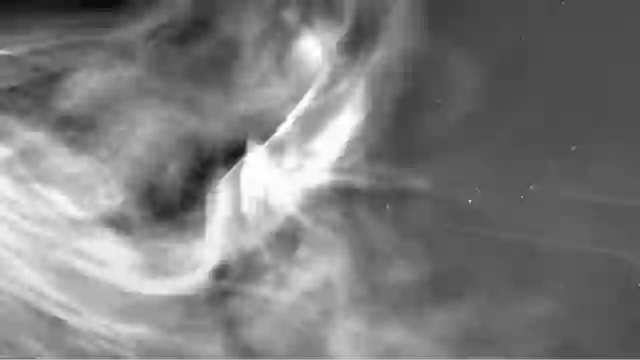NASA has shared incredible images of the Sun’s surface, captured by the Parker Solar Probe during its record-setting mission. On December 24, the probe reached just 3.8 million miles from the Sun’s surface—closer than any spacecraft before.
The probe explored the Sun’s corona, which can reach temperatures of up to 3.6 million degrees Fahrenheit and is visible from Earth only during total solar eclipses. Traveling at 435,000 miles per hour, the Parker Solar Probe is the fastest object ever made by humans.
These images reveal the Sun’s corona and solar wind, streams of charged particles that affect Earth’s magnetic field, create auroras, and sometimes disrupt power and communication systems.
NASA’s Nicky Fox explained that this mission lets us observe space weather at its origin, improving our ability to protect astronauts and technology.

Many viewers expressed amazement but questioned how the probe’s instruments survived the extreme heat. The probe is shielded by a specially designed carbon composite heat shield that can endure temperatures up to 2,500 degrees Fahrenheit, protecting its instruments and enabling it to send back these stunning images.


